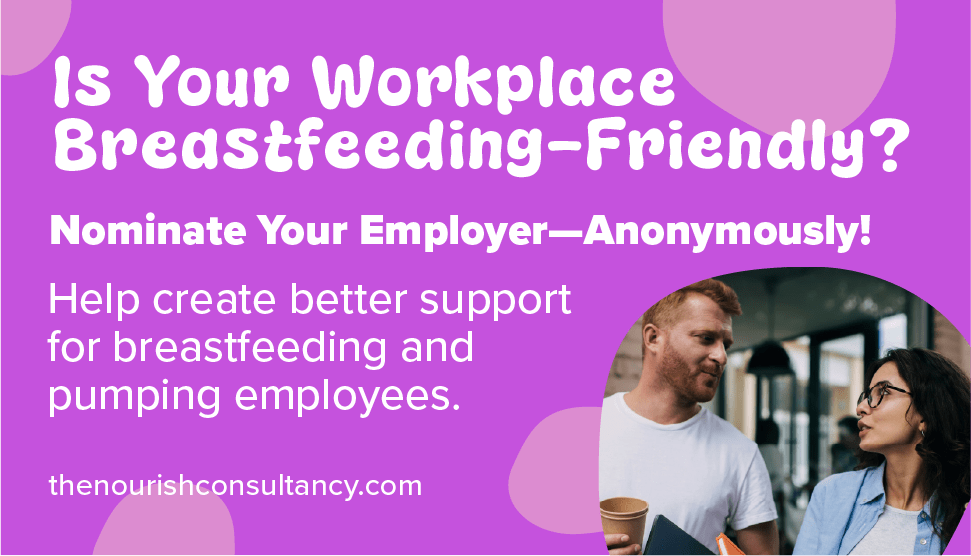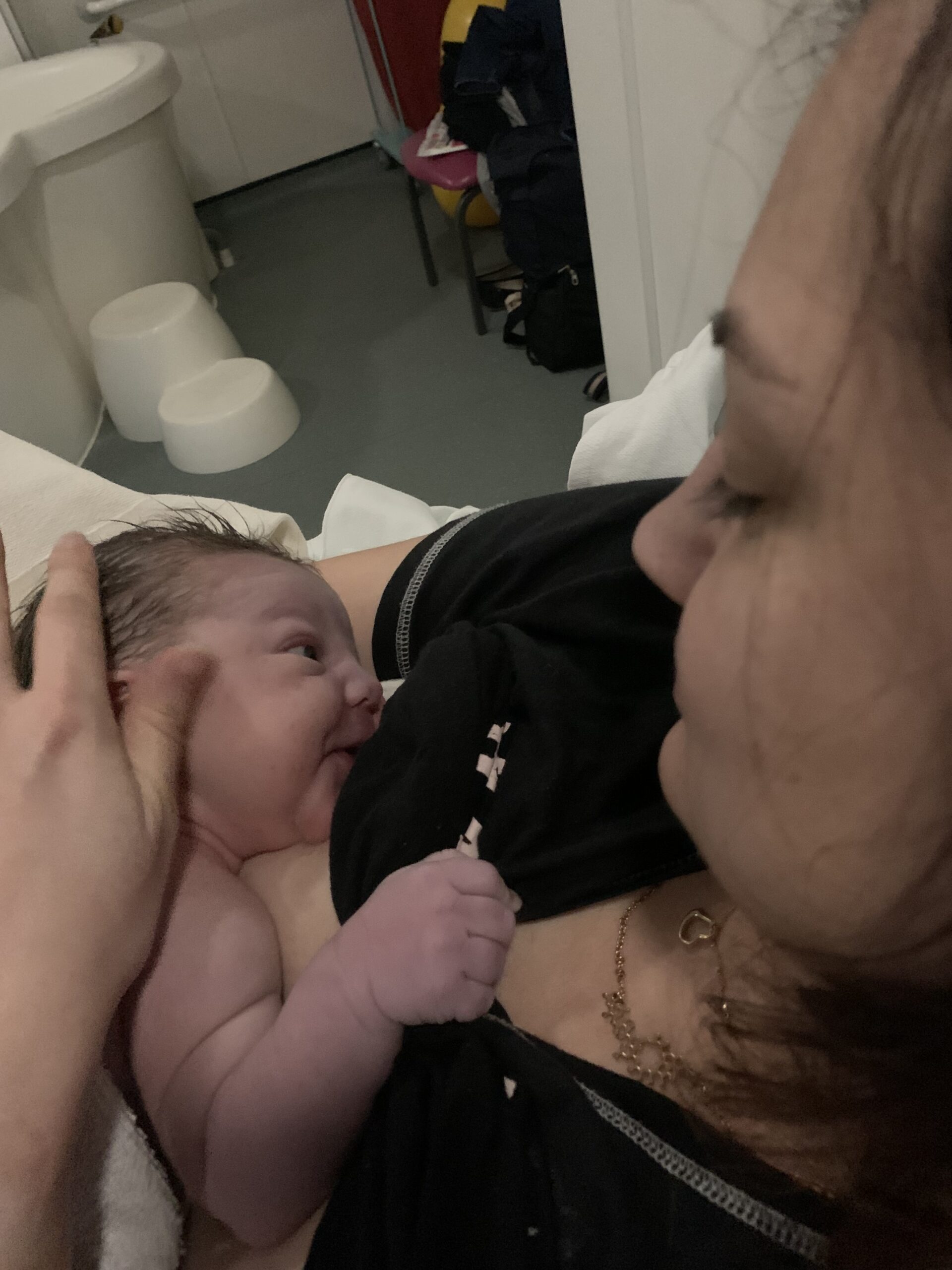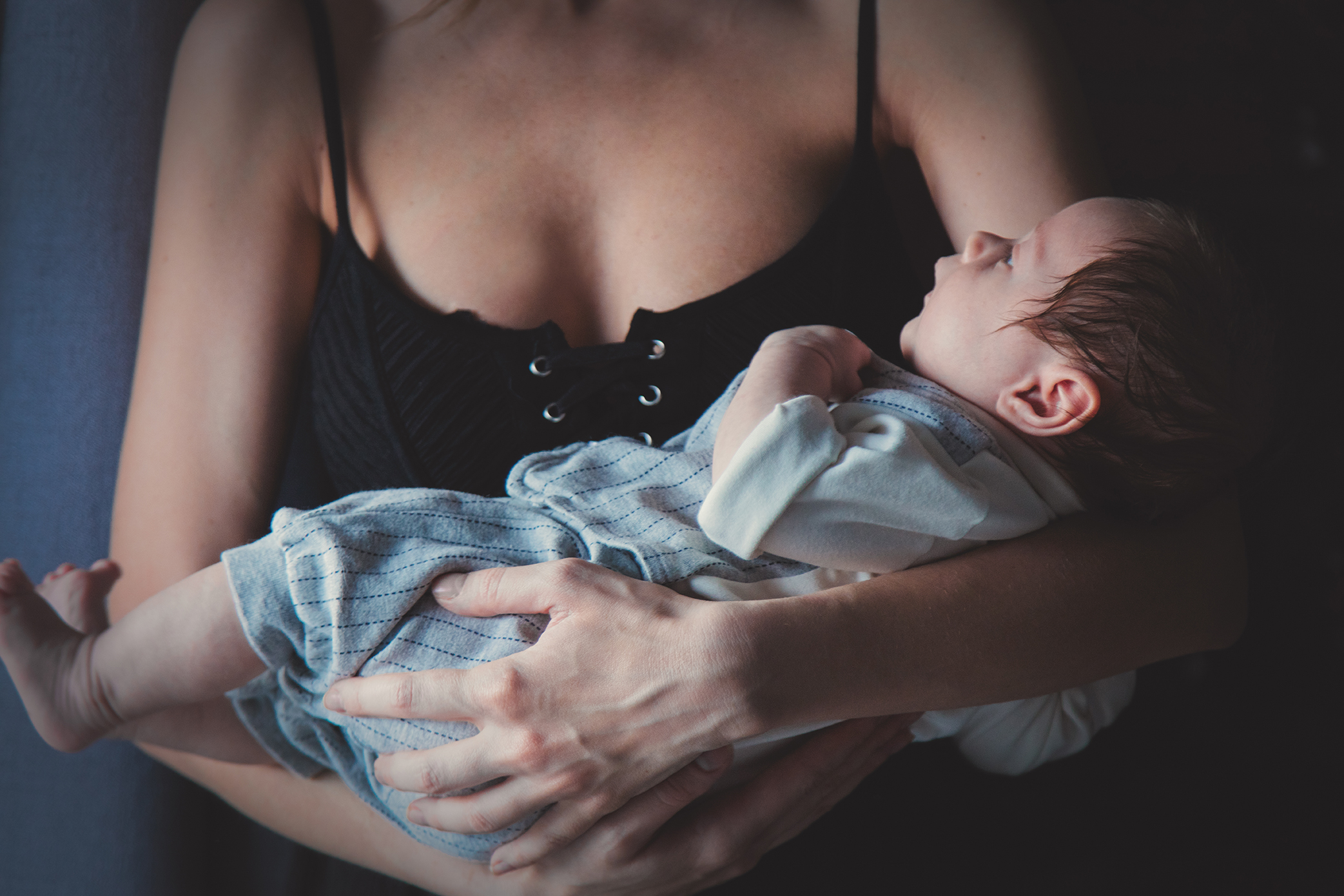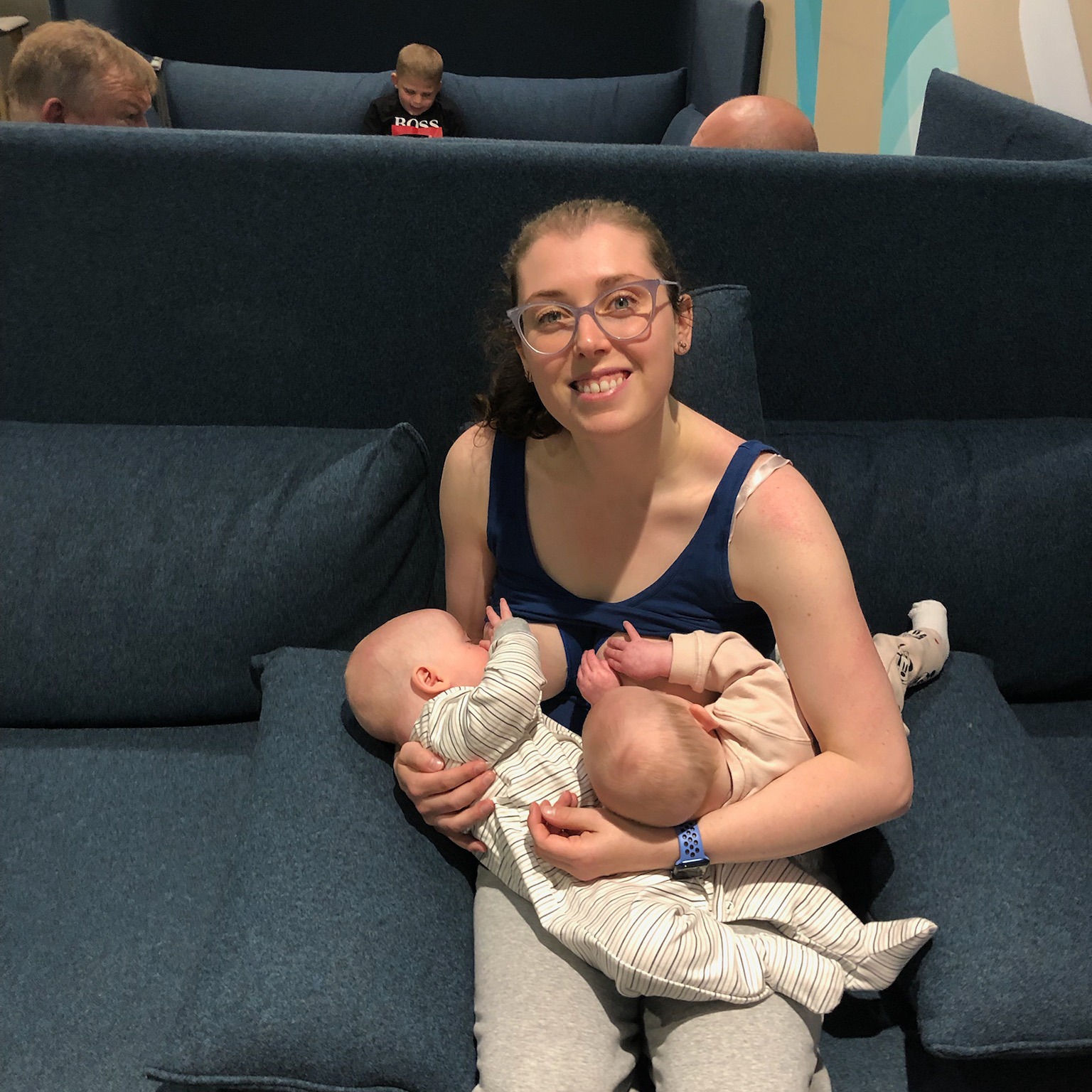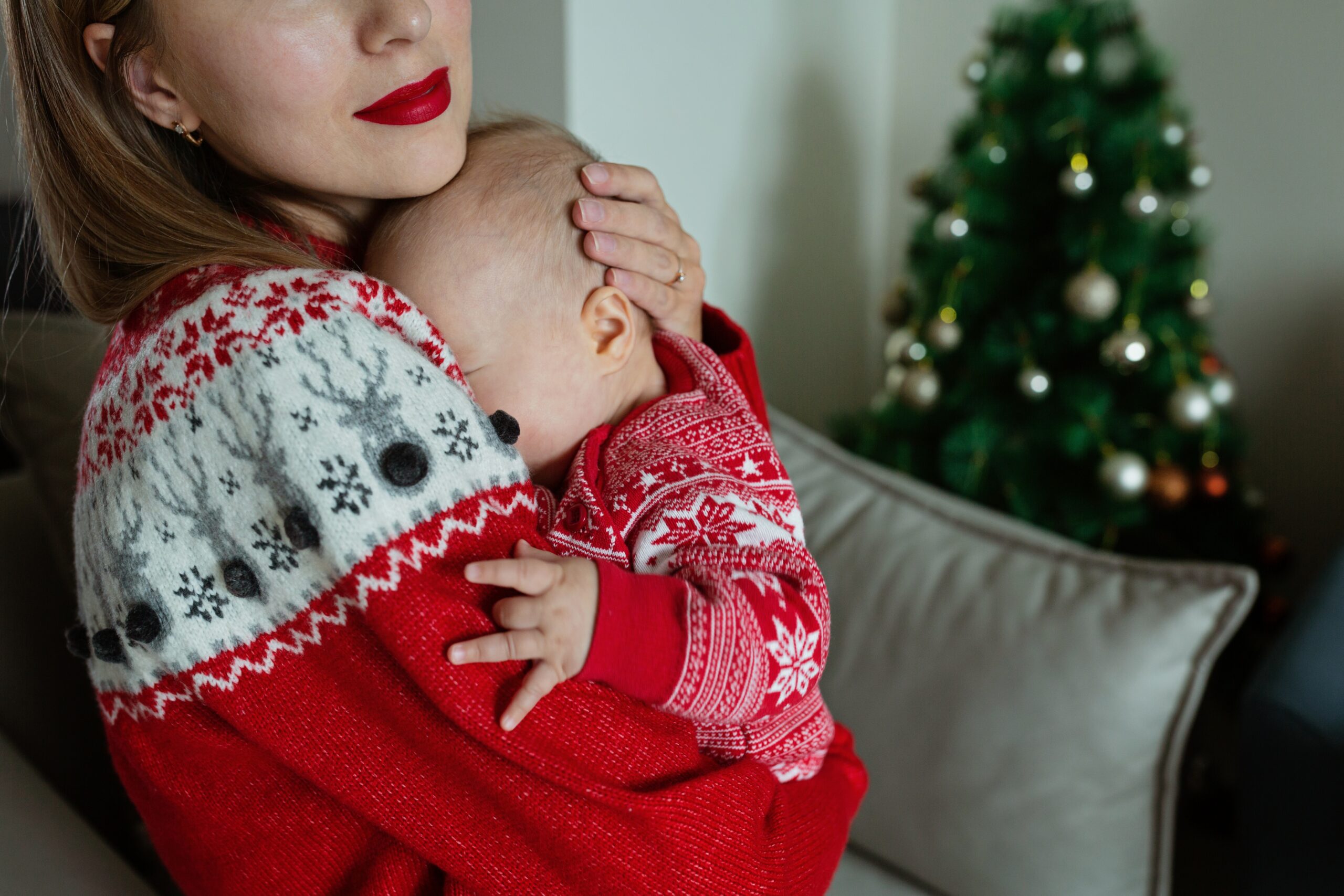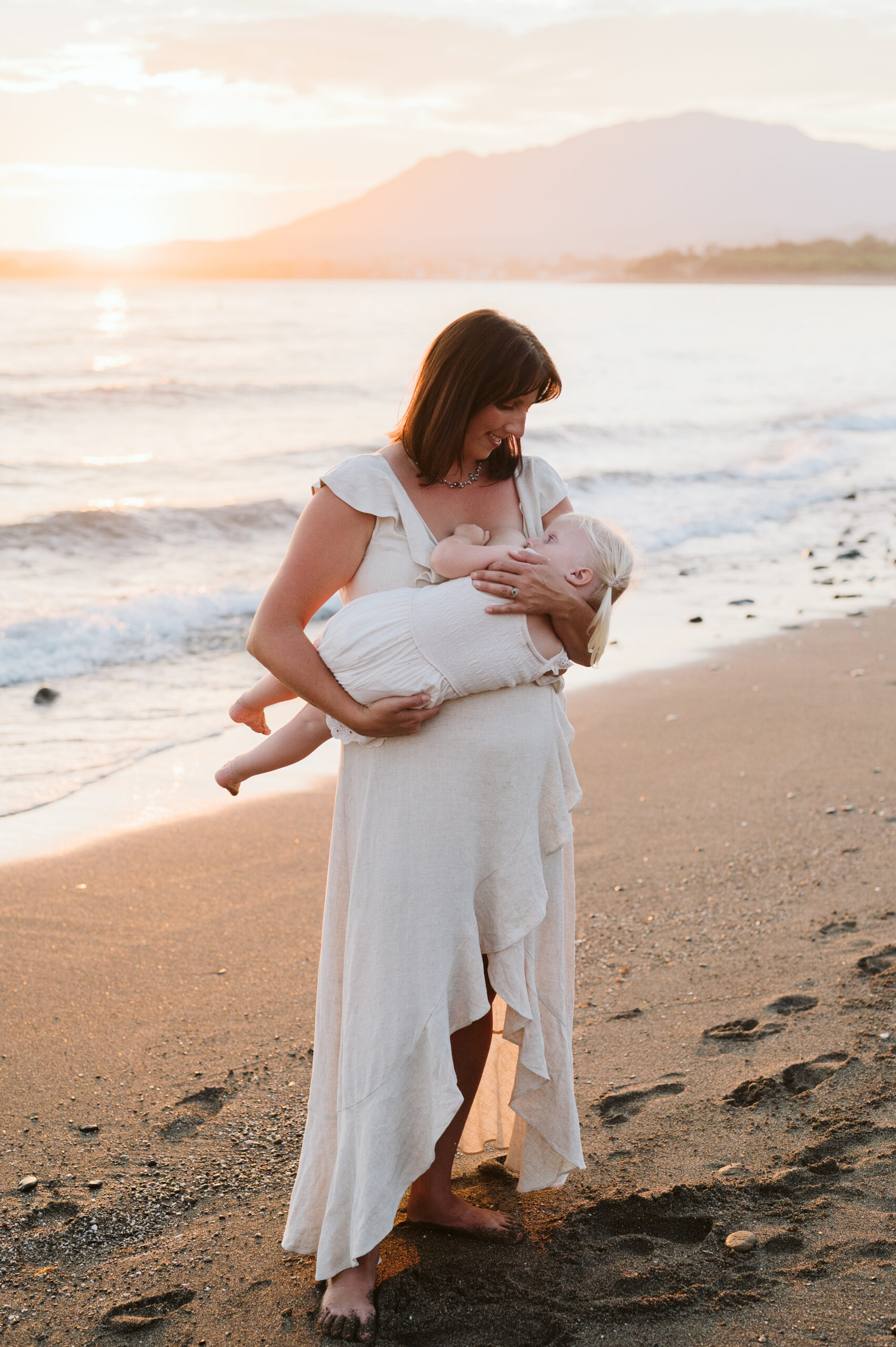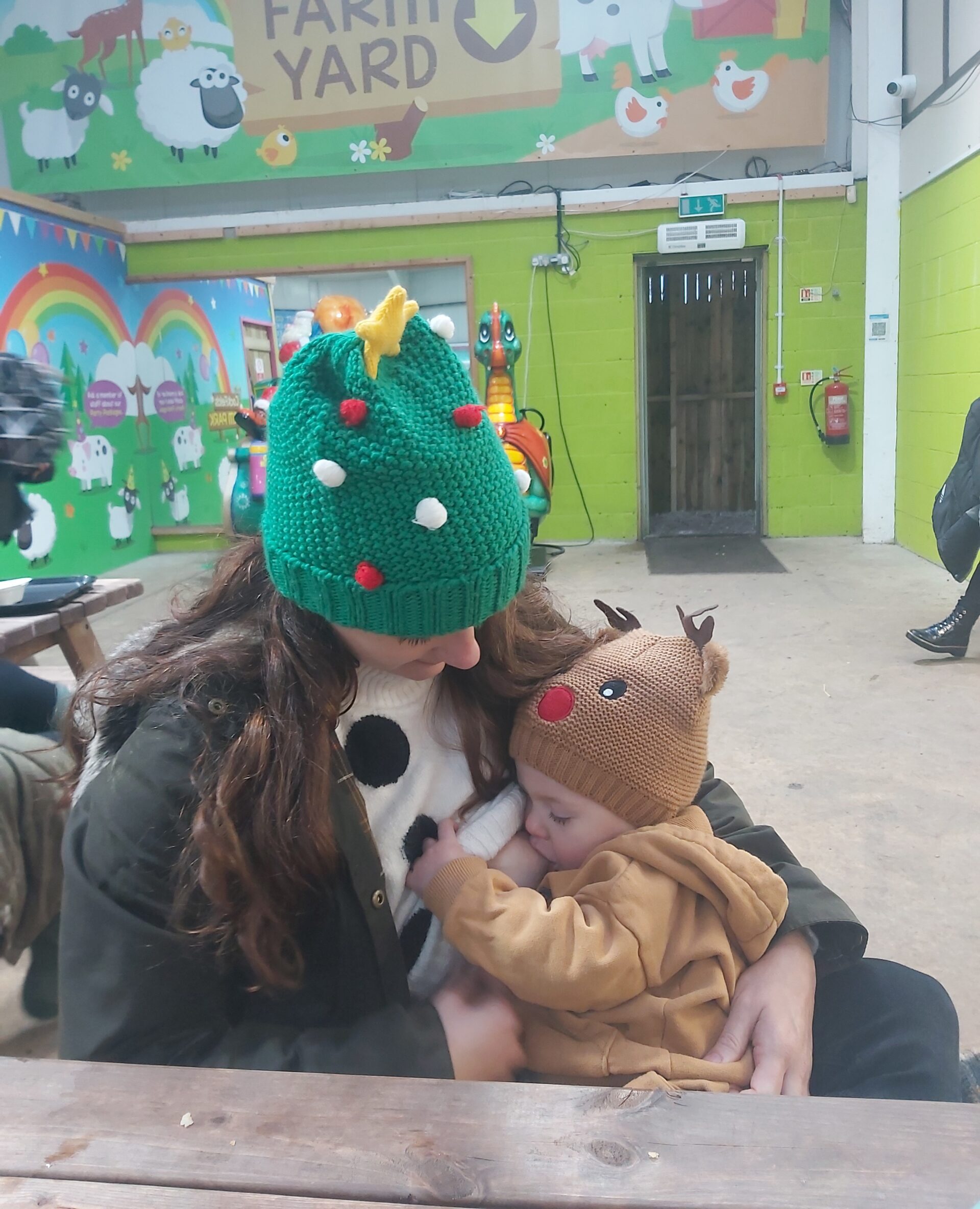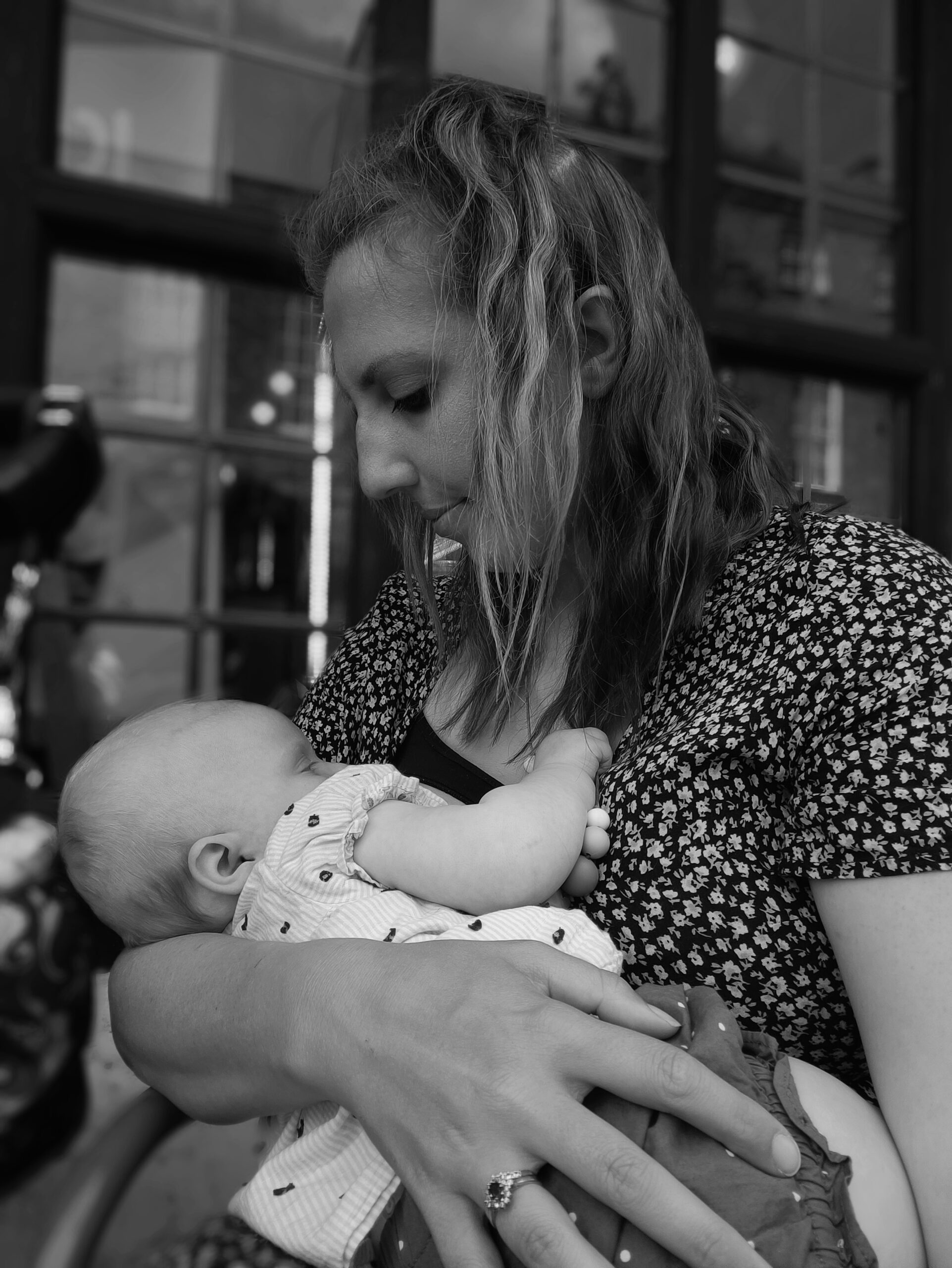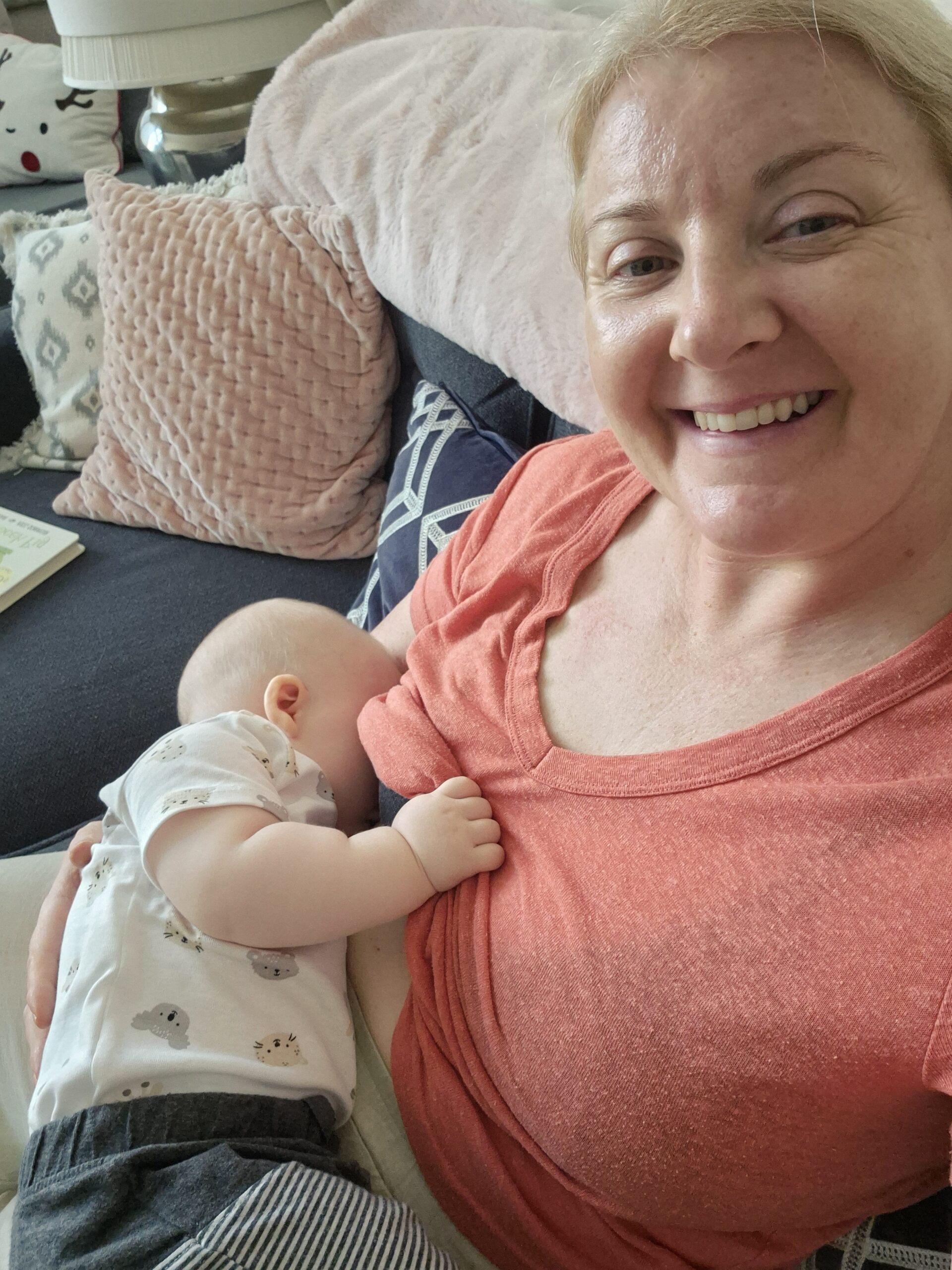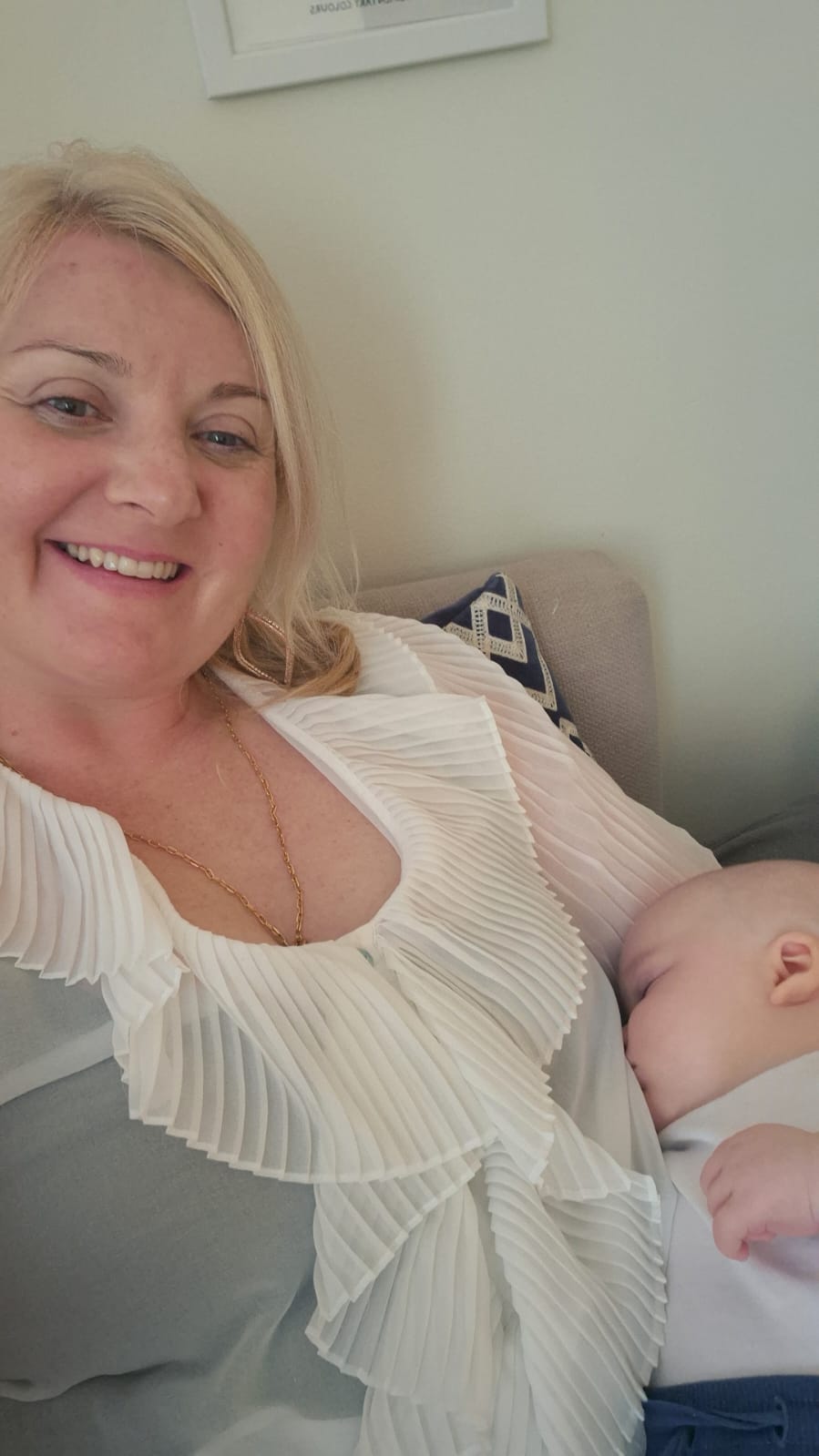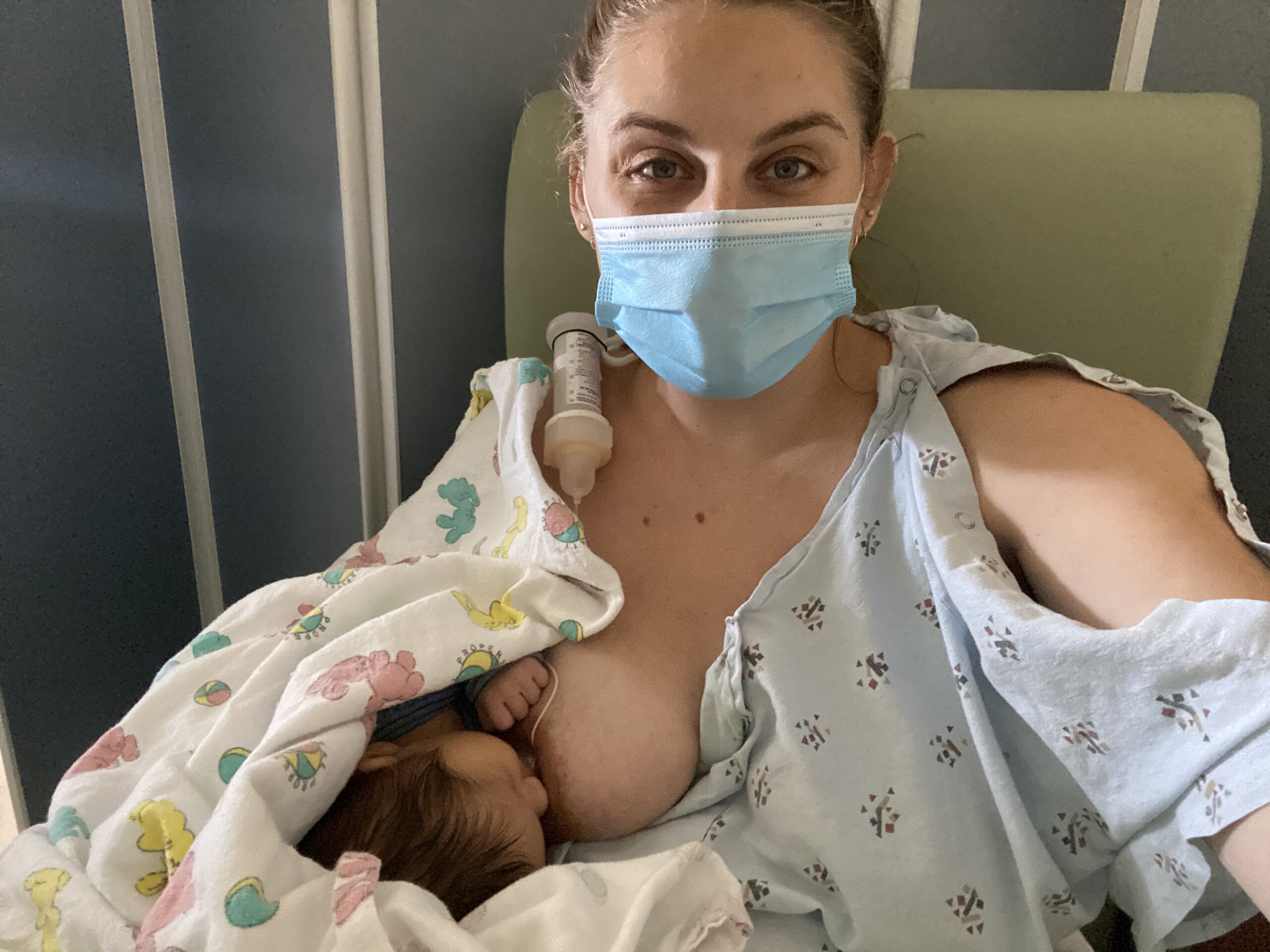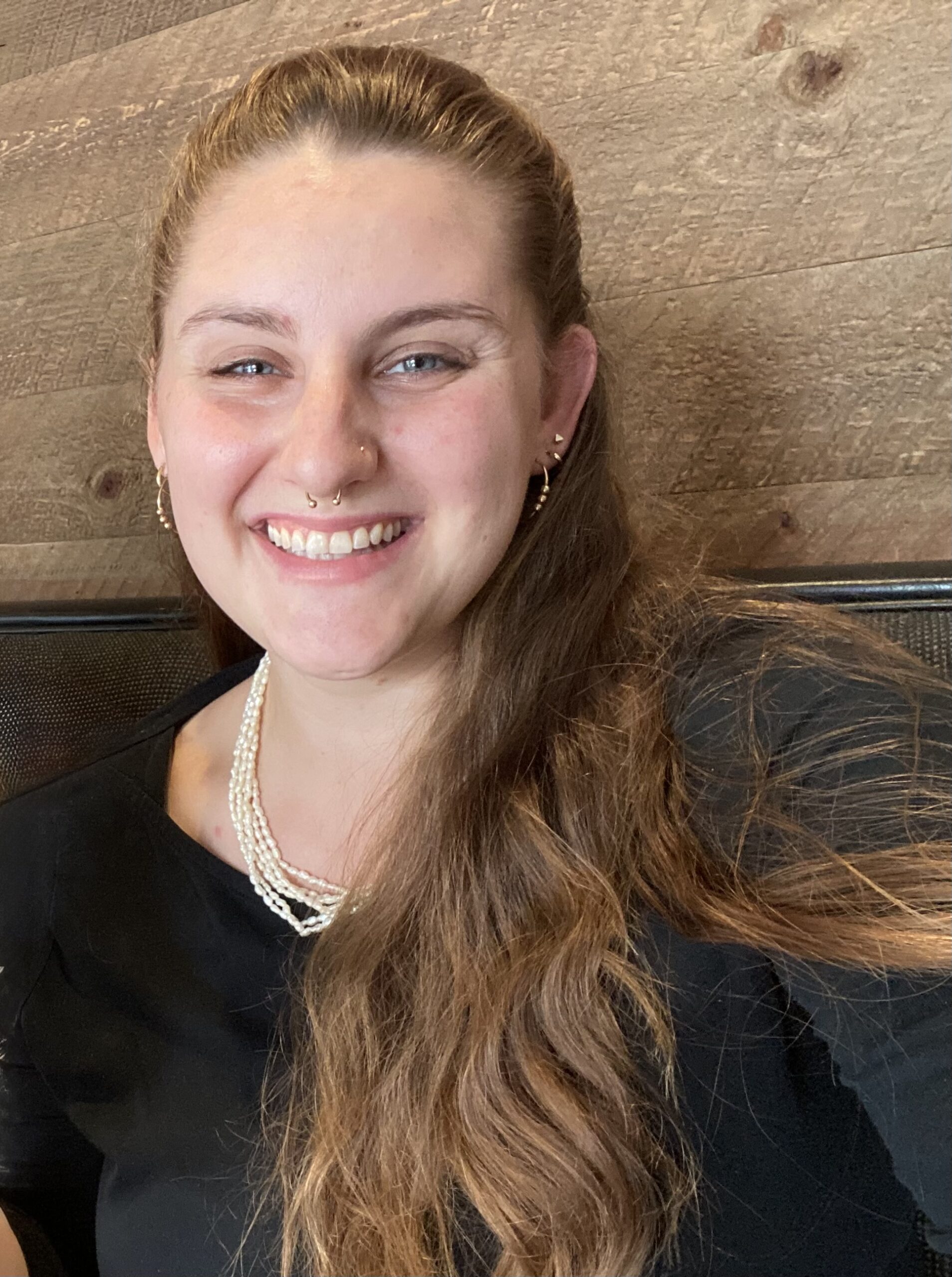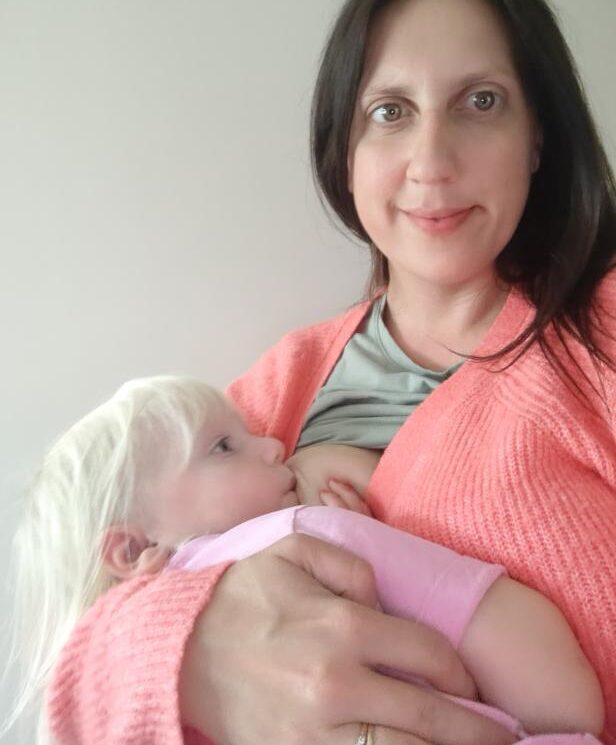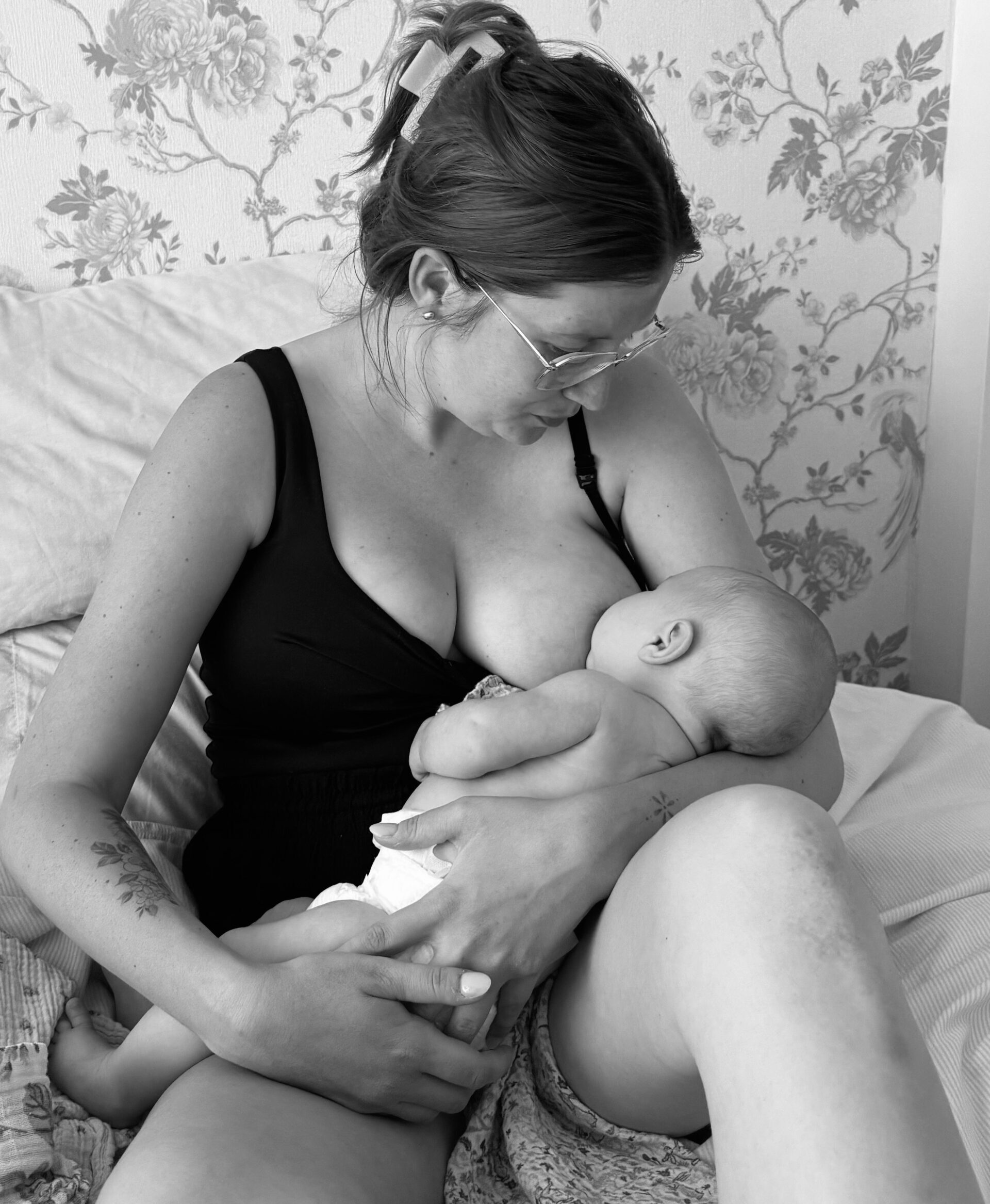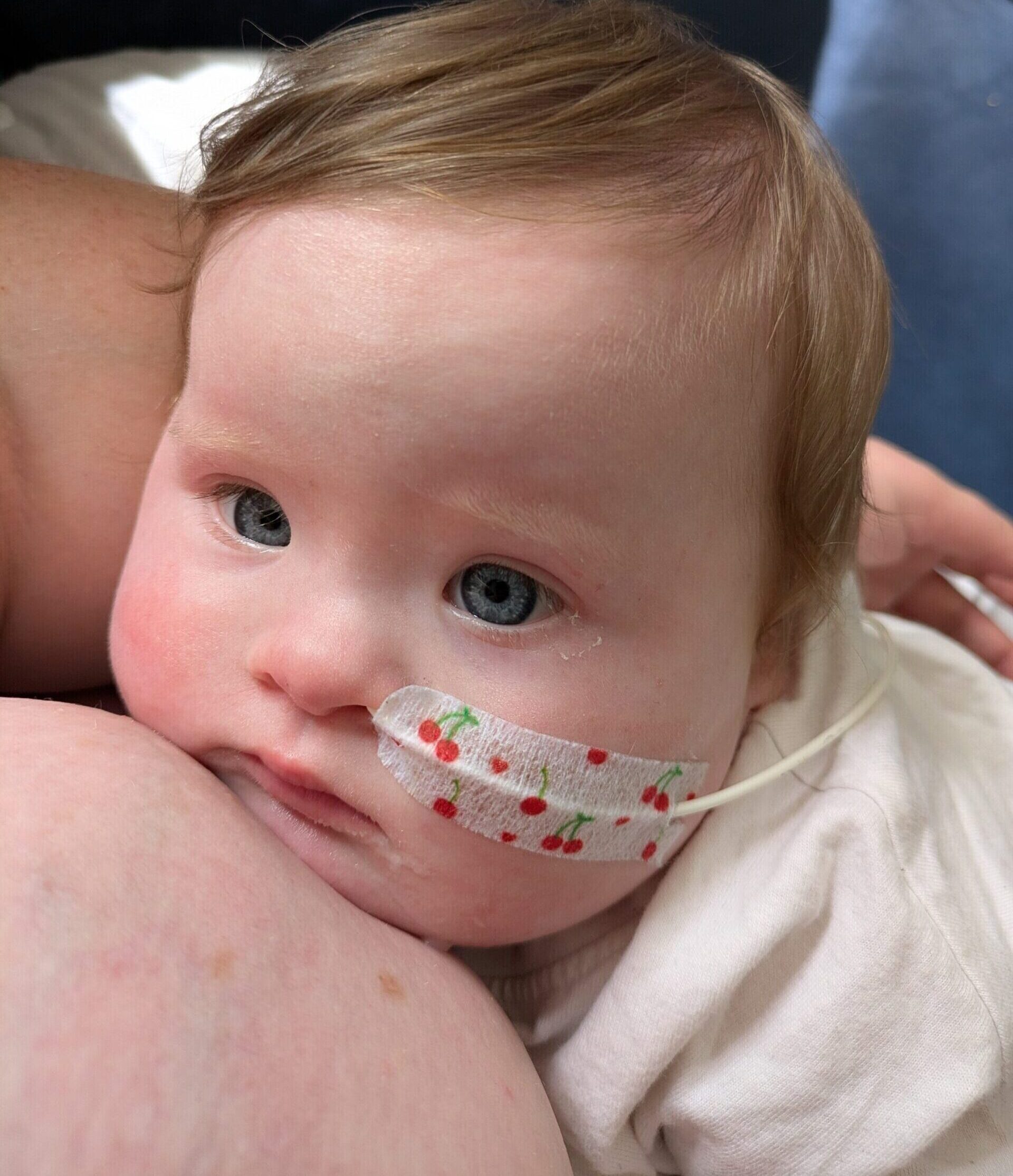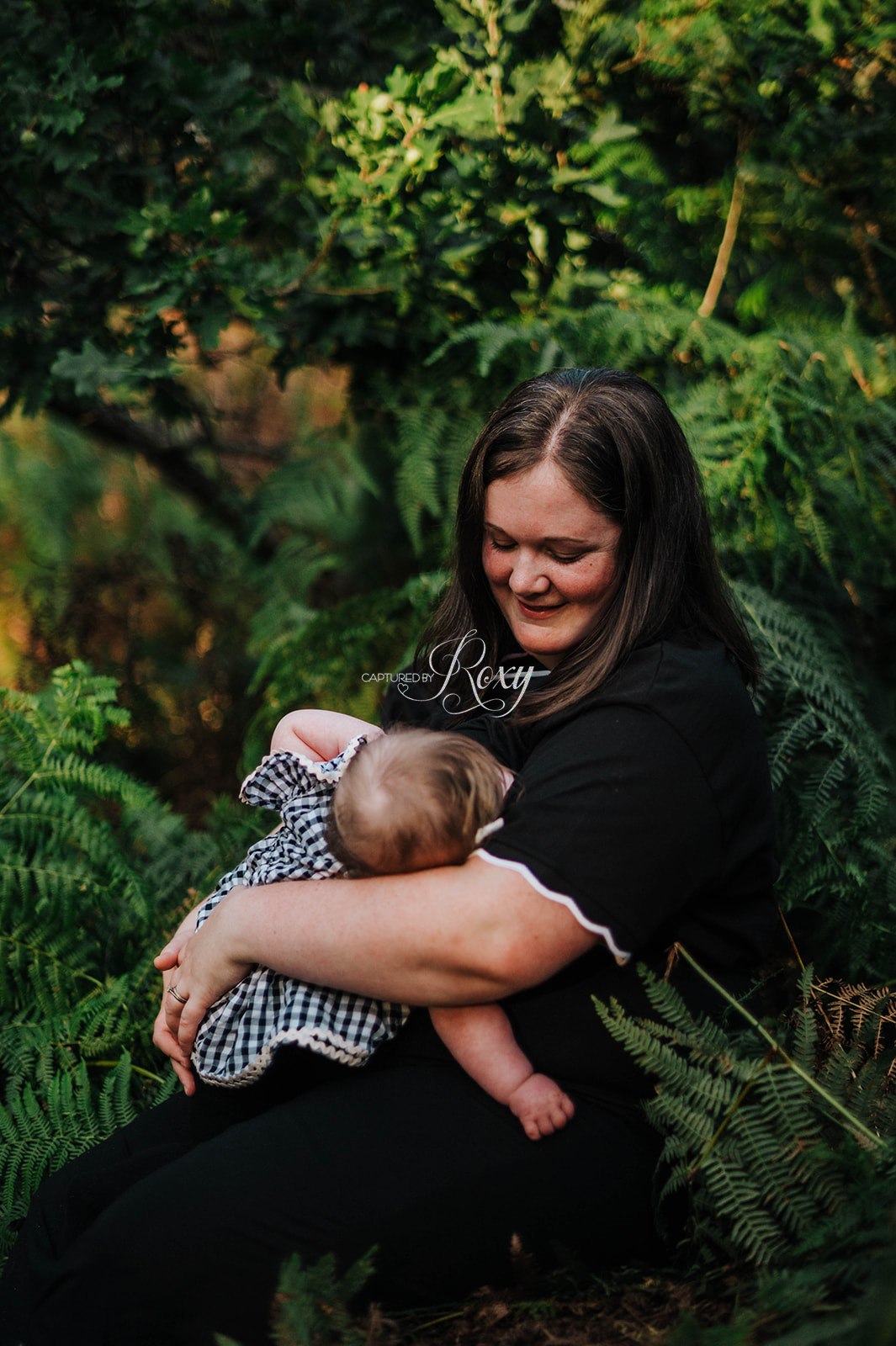I have had type 1 diabetes since I was 14 years old, that’s 22 years. I know the condition inside out by now but there are everyday challenges and life experiences that affect it in ways didn’t know it could or would. One of those was breastfeeding and to some extent pregnancy.
When I was diagnosed with the condition clinicians marvelled at how modern technology and treatments meant that my life would be pretty much the same as anyone else’s. I would be able to study, learn to drive, and yes have children of my own “just like anyone else” it would just “require a little more planning”.
While I have managed to study at doctorate level, learnt to drive and drive daily, and yes; have children of my own none of those have been as straight forward as they would be for the average person. In particular the delivery and breastfeeding journey with my first son.
I Had A Straight-Forward Pregnancy
My first pregnancy was in 2018. It was a straightforward pregnancy, some nausea in the beginning but otherwise completely perfect. I worked extremely hard at keeping my blood sugars in range and achieved near perfect blood sugars throughout my pregnancy.
It was a straightforward pregnancy, some nausea in the beginning but otherwise completely perfect.
My son had no issues and was measuring along the 50th centile throughout. Despite this I was pushed down the path of induction at 38 weeks. At the time I didn’t know I was able to decline it and no one explained the risks an induction came and items potential effects on breastfeeding.
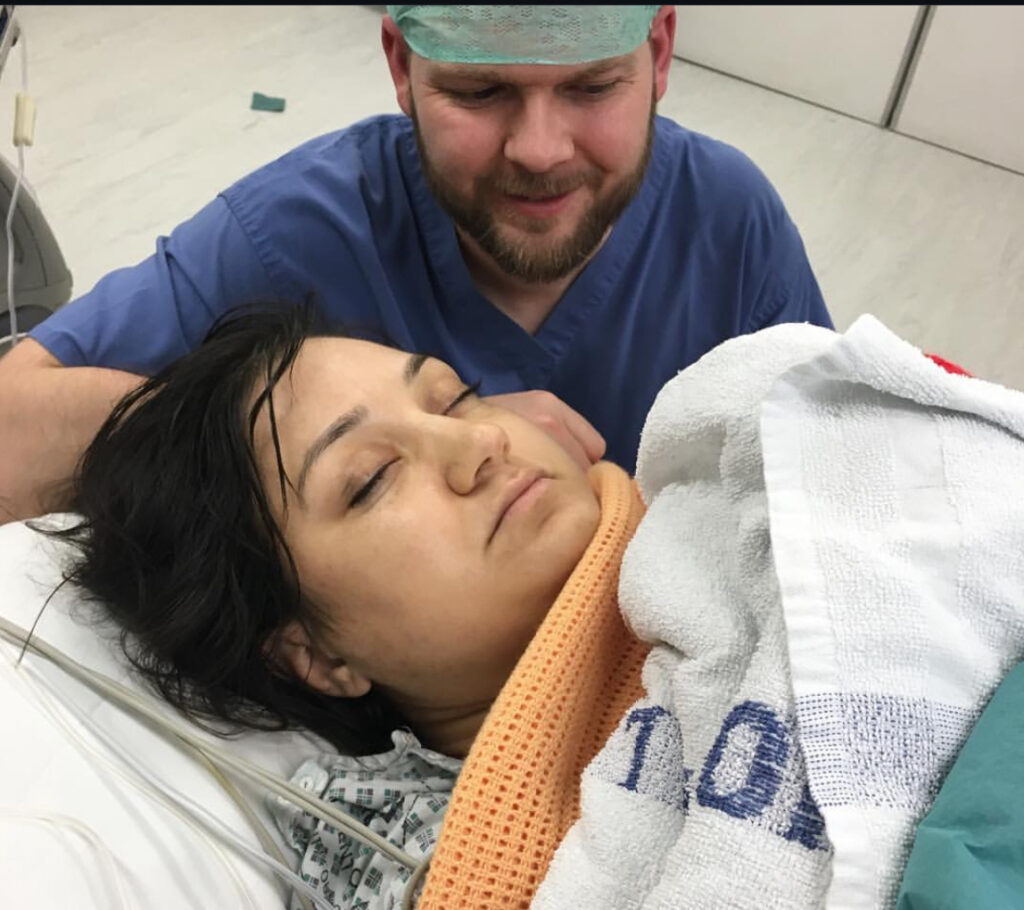
The induction lead to a cascade of interventions; epidural, catheterisation, distressed baby, rushed to theatre for an emergency C-section that once in theatre was changed to a forceps delivery. A forceps delivery that resulted in a third degree tear, blood loss, extremely low blood pressure, me blacking out, no skin to skin and no golden hour.
I was wheeled into a recovery room once I was stitched up. They placed my son with his on a chair on the other side of the room. A midwife turned up in the recovery room, she asked me how I was feeding baby. I answered that I would breastfeed but that was unsure of my blood pressure and if it would work. She shrugged her shoulders, sighed and left the room, came back with a bottle of formula and gave it my other half.
Feeling Like A Failure
I tried to smile, I should have been happy, right? I just had a baby, and delivery mode and how baby was fed shouldn’t matter. As long as we were healthy, right? But inside I cried. I felt like I had failed. Failed at birthing my son, failed at feeding him the precious colostrum that was so important. I had not even been able to give him skin to skin.
I felt like I had failed. Failed at birthing my son, failed at feeding him the precious colostrum that was so important.
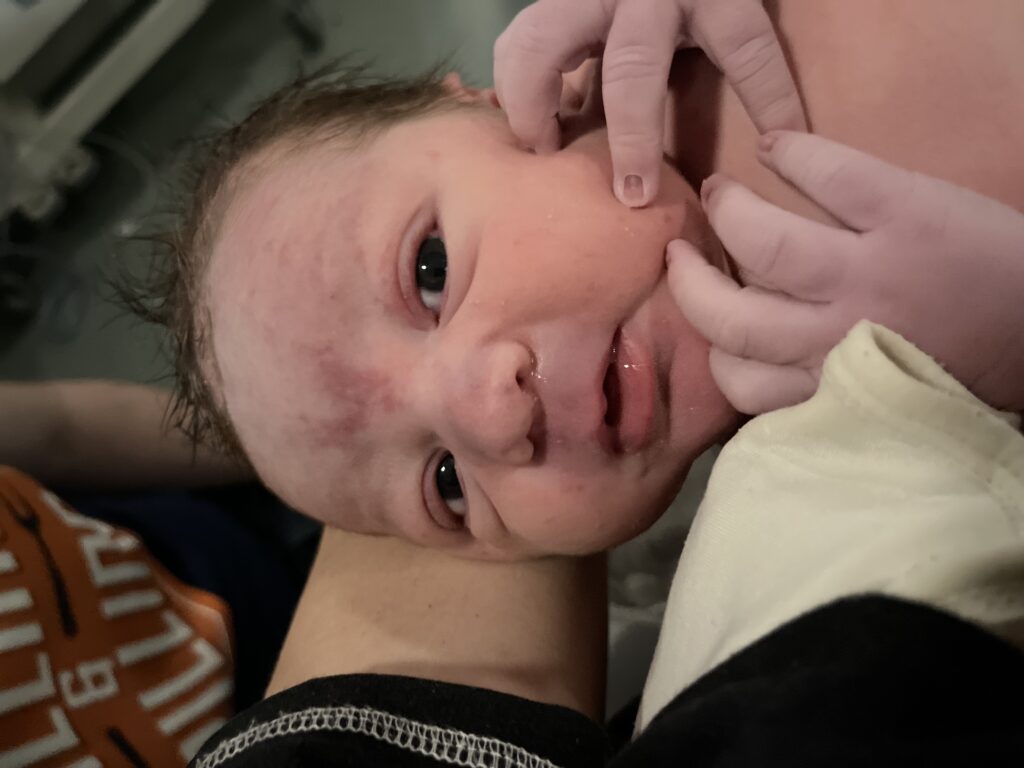
Over the next few days I tried to breastfeed him. Nurses and health care assistants checked his blood sugars. They were low and they shouted at me to feed him. I panicked, I didn’t know how. Apart from my own mother feeding my younger sister, I had never really seen anyone breastfeed. Despite reading about it I didn’t know exactly what to do. In those moments I thought my son was going to die.
The forceps has caused a huge bruise on my son’s face. Which in turn had caused jaundice. The jaundice made him sleepy and he wouldn’t latch. I panicked and felt like I couldn’t do it. “This is what happens with babies of diabetic mothers, your milk just doesn’t come in quick enough” I was told and the nurse got a formula bottle. It was all blamed on my diabetes. Not on the interventions in labour, not on my blood loss, not on my son’s jaundice caused in part by the forceps. In those moments I felt like the decision to start a family was a huge mistake, due to my diabetes I would not be able to do it.
It was all blamed on my diabetes. Not on the interventions in labour, not on my blood loss, not on my son’s jaundice caused in part by the forceps.
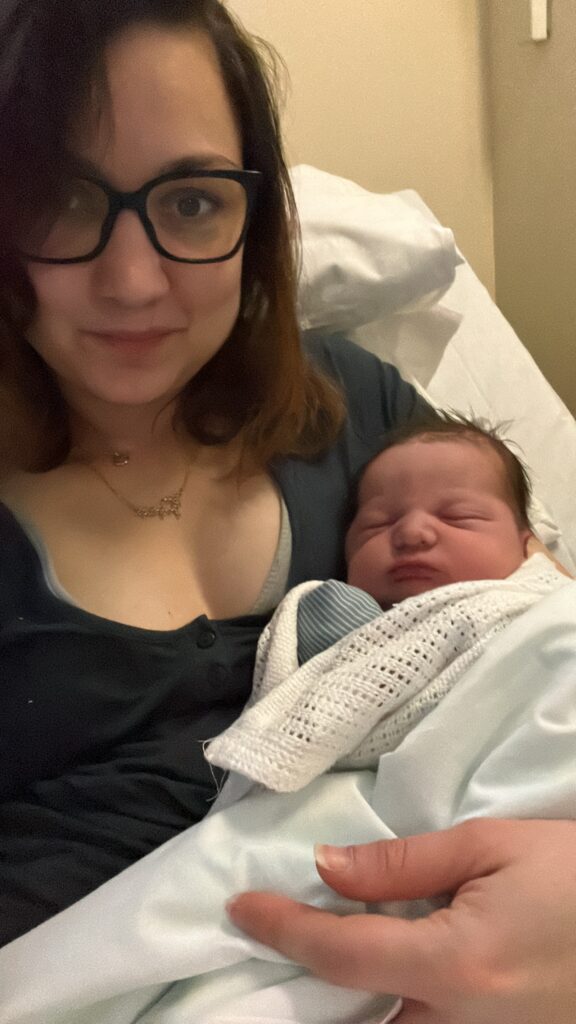
We Left Hospital Fully Breastfeeding
Four days after delivery we were discharged. In that time I had finally managed to get my son to latch and we were fully breastfeeding. When the midwife visited she weighed him and he had lost 8% of his birth weight. “Not good” she said. I asked what she meant. She said that if he didn’t gain weight I would have to top up with formula. I smiled at her and nodded. Inside I cried. Everything seemed to be telling me that I shouldn’t have started a family with such a faulty body that couldn’t even give my son the best.
When the midwife visited she weighed him and he had lost 8% of his birth weight. “Not good” she said.
Luckily my milk came in and he did eventually gain weight. It took much longer than expected and yet again I was told it was due to my diabetes. No one mentioned the effect of the stress from putting pressure on me and making me feel like I was failing.
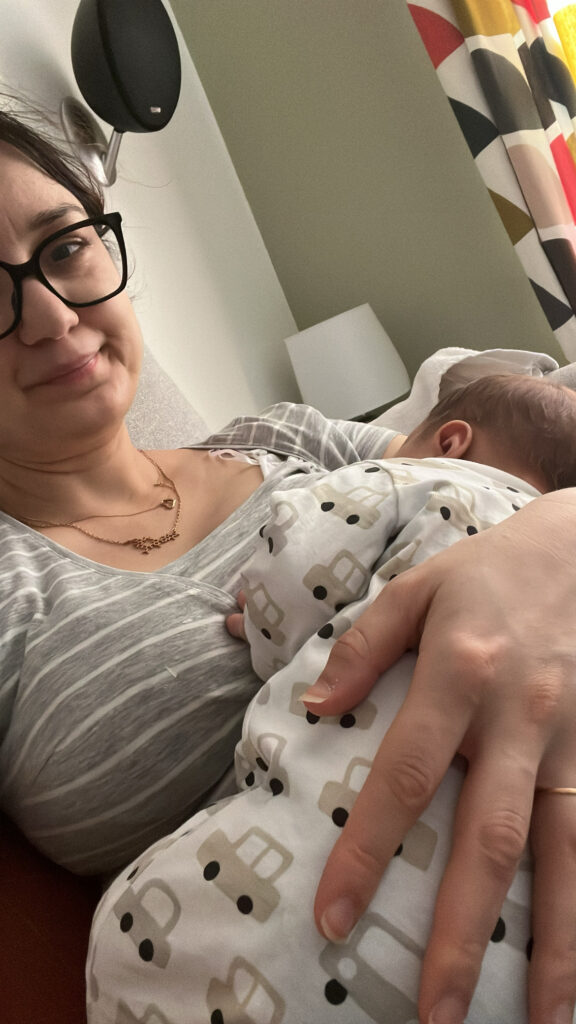
My Blood Sugars Were Doing Nose Dives
The first few weeks of breastfeeding with type 1 diabetes was a rollercoaster. Not only did I have the emotional difficulties from the experiences mentioned above, the usual difficulties with getting baby to latch and stay awake for feeds, but my blood sugars were also doing nose dives.
I could go from a good blood sugar level at the start of a feed to fainting in the matter of seconds. This was another level of fear, what if I fainted and fell with baby? What if I fell on top of him and crushed him? The fear peaked when my partner went back to work and at this time I had also run out out of continuous glucose monitors which I had had funded by the NHS for my pregnancy.
I could go from a good blood sugar level at the start of a feed to fainting in the matter of seconds.
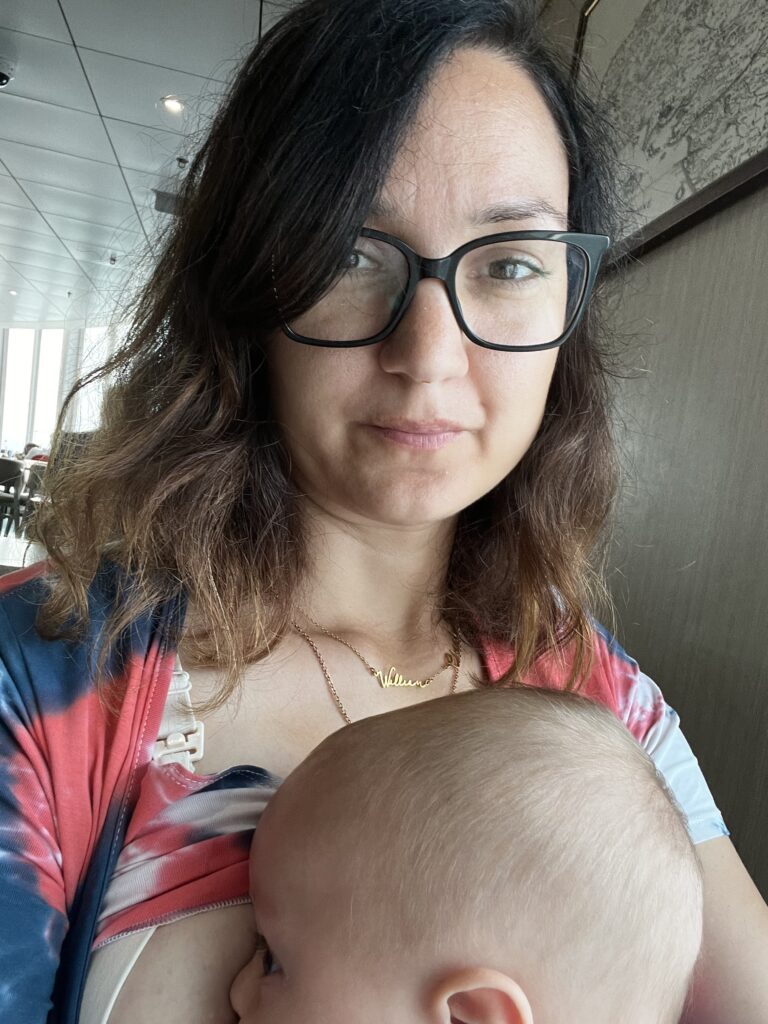
I worked through the fear, I found my ways of keeping myself and baby safe. Juice boxes and dextrose tablets dotted around the house, jelly babies in every pocket. We got there. It got easier. I’m proud to say that in the end I breastfed him until he was 2.5 years old. But it was hard and there was no support, no one who understood the unique challenges that breastfeeding with type 1 diabetes entails. It felt lonely at times, but I’m proud of me and the journey we took. I learnt so much and I was able to put some of that learning into practice with my second son.
Juice boxes and dextrose tablets dotted around the house, jelly babies in every pocket.
Preparing For My Second Baby
Half way through 2023, we found out that we were expecting again. I was determined to have a better start to our breastfeeding journey than I did with my first. I did so much research and decided that unless there were actual complications I was not going to be induced. I worked extremely hard on my blood sugar control again, watching it like a hawk for what felt like every minute of every day. My average time in range was 95% and still I wanted to do better. I worked on improving my blood sugar constantly.
After the 20 week scan where everything looked perfect and on track I told my consultant that I was going to go outside of guidelines and wait for spontaneous labour. One of the reasons for this was because I did not want artificial oxytocin disrupting my body’s ability to produce milk for my baby. It was a fight, but I was ready to fight and I won that fight.
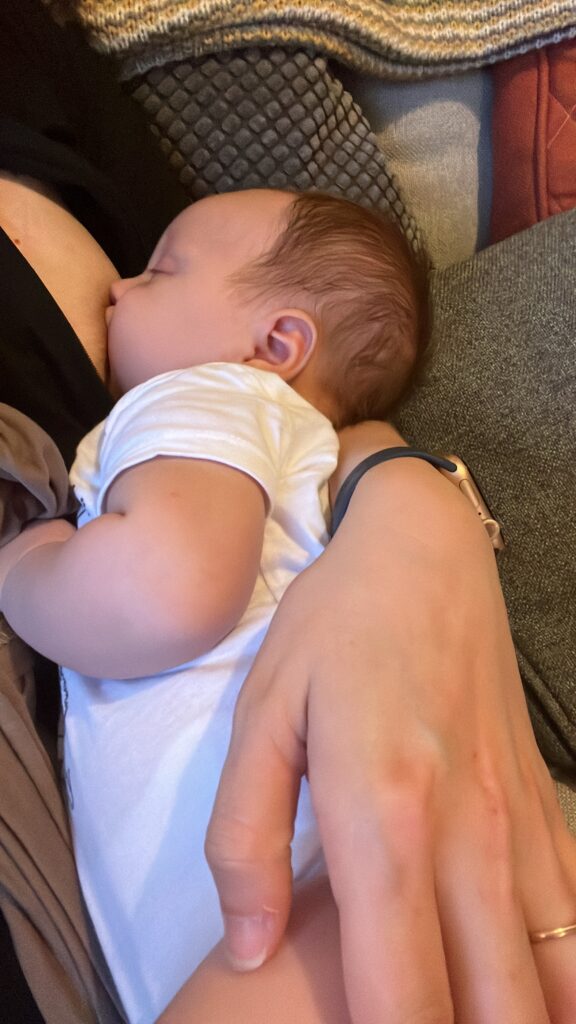
He Latched On And Fed Like A Champ
My second son was born at 41+1, weighing in at 8lb 15oz but not macrosomic. He came when he was ready, he came fast, and I had no pain relief apart from a few puffs on the gas and air. Once checked over we had our amazing golden hour, or at least 3 golden hours. He latched like a champ and the midwives called him the “milk guzzler”.
When he had his health check the paediatrician put a gloved finger in his mouth and then commented on how hard he sucked. “Babies of diabetic mothers usually have an underdeveloped suck reflex” she said. I smiled and answered “yes, but usually they are denied of the opportunity to come when they’re ready. No wonder they haven’t developed their suck reflex.”
When he had his health check the paediatrician put a gloved finger in his mouth and then commented on how hard he sucked.
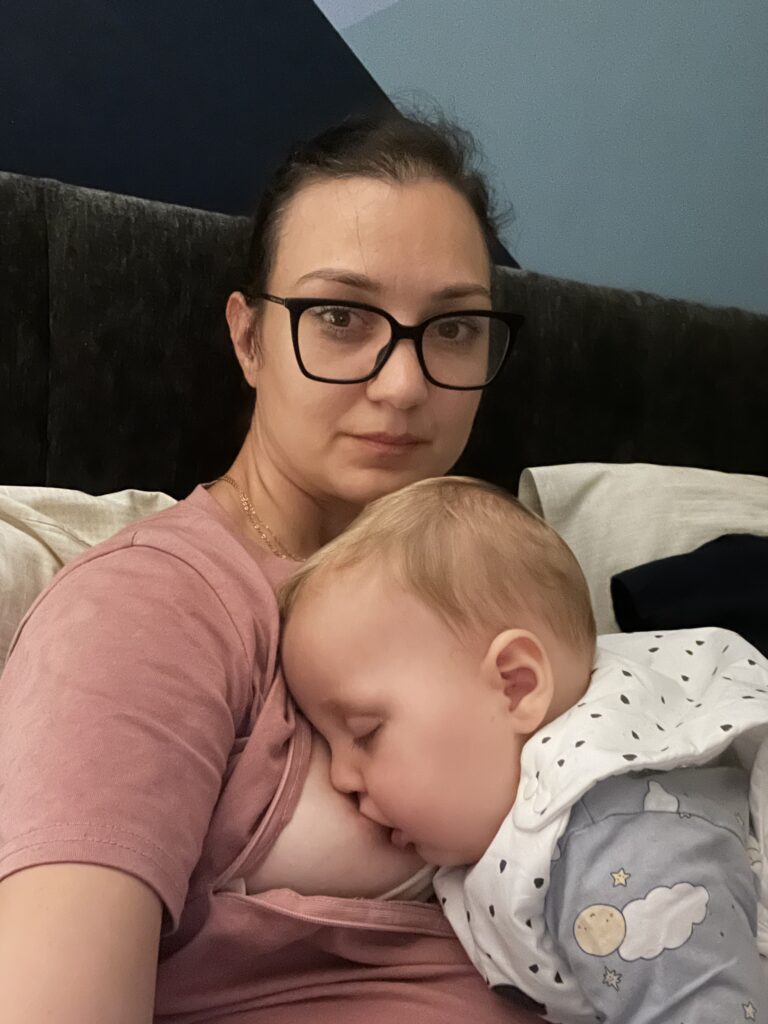
My Milk Came In On Day 3
My milk came in on day 3, I was surprised, I had always been told that the milk of mothers with diabetes comes in late. I felt proud of myself for having taken a path that meant my body producing the right hormones at the right time, and having stress free time with my baby. I finally knew what that “newborn bubble” was.
Day 5 came and we went to see the midwife. I expected weight loss but not as much due to my milk having come in much earlier than with my first. The midwife weighed him, she then asked me to pick him up and she recalibrated her scales and then asked me to put him on again. “Oh, it must be right then” she said. My son had gained 500g from his birth weight! The midwife couldn’t believe her eyes. “But you’ve got diabetes and breastfeed?” she said. I nodded and smiled.
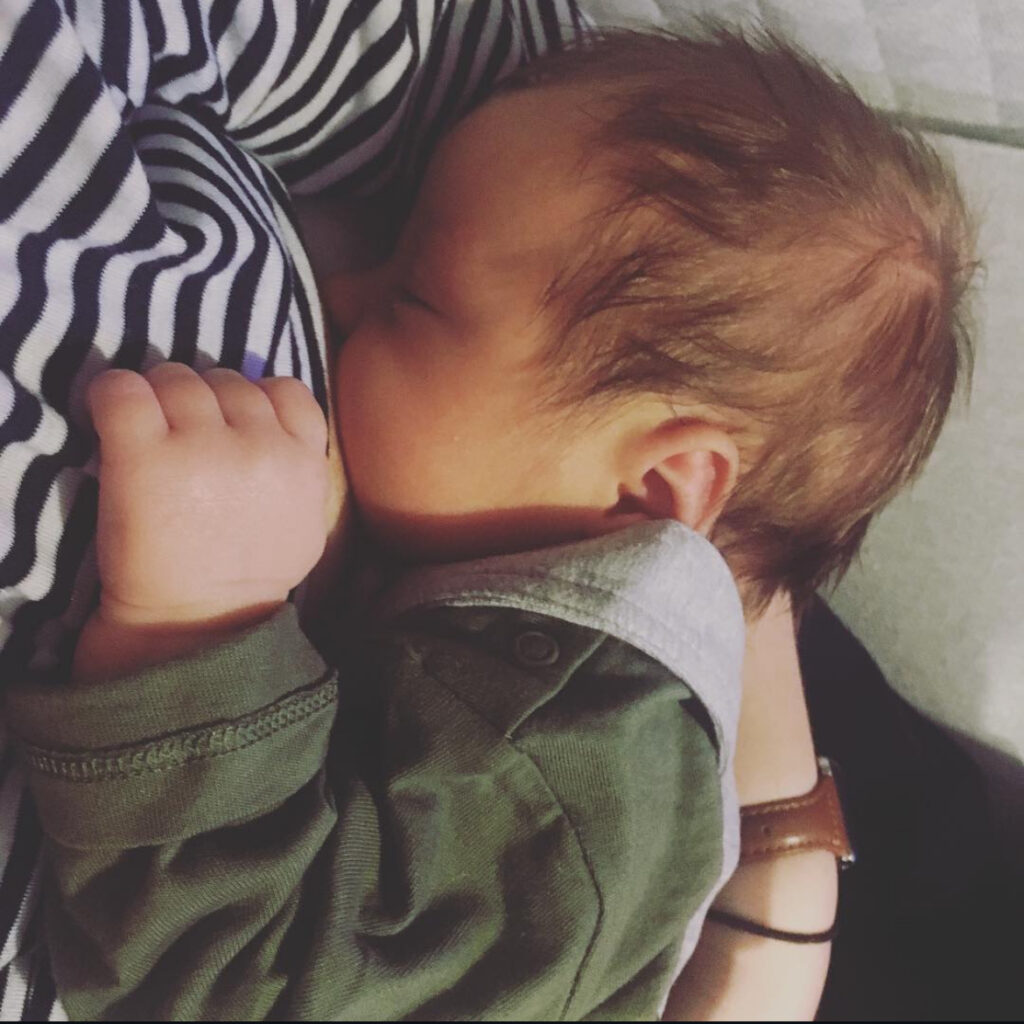
Breastfeeding With Diabetes Can Be Done
The journey this time around has not been all plain sailing, we had issues with an oversupply at the start which is now sorted, and I still need to have juice boxes and dextrose tablets dotted around the house, and keep jelly babies in every pocket. However, this time I was also granted a continuous glucose monitor (CGM) by the NHS which alerts me to falling blood sugars so that I can catch them before it’s too late.
Diabetes is hard, breastfeeding is also hard and the two together can feel impossible, but I hope that by sharing my experiences I can show you that it can be done.

